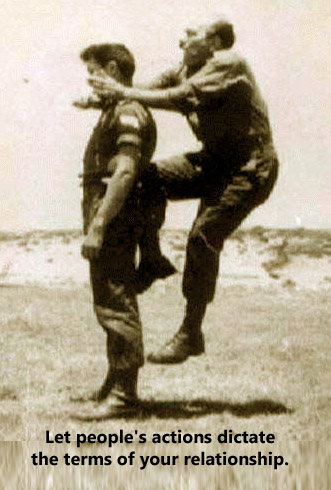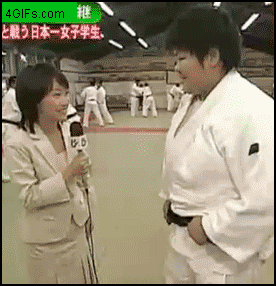 When we look at a long time practitioner of budo we see nothing.
We see nothing because there is nothing to be seen. A person of budo follows the way of budo for themselves.
When we look at a long time practitioner of budo we see nothing.
We see nothing because there is nothing to be seen. A person of budo follows the way of budo for themselves.
True budo is nothing more than seeing a piece of paper on the floor, picking it up and disposing of it properly. Nobody will ever see us do it and therefore nobody will ever know that we did - only we will know. At budo's highest level, we perform the task without thought. There, the path of budo is the path of "no-minded" integrity. Furuya Sensei called it, "The place where the self disappears."
It is "no-minded" because we want to reach a level where we barely even know we are doing it.
Nobody will ever know what it is we do or for that matter what it is that we can do because it is hidden. Only we will know and we alone have to live with it.
To follow the path of budo means that who we are is the same person regardless of who is watching or what the circumstance might be. Therefore if we see a piece of paper on the ground, we must dispose of it properly and almost without thought. If one has to think about it, it is not yet budo.
To think is to discriminate between right and wrong or how it helps us pay homage to our egos. That moment of discrimination is the gap between non-budo and budo.
Please do whatever it is you do just to do it without thought of recognition or reward - this is true budo.





















